Using samples collected during the Apollo lunar mission[3], scientists planted plants in lunar soil. This is the first time a plant has sprouted and grown from the soil of another celestial body on Earth.
The research could lay the groundwork for growing plants that provide oxygen and food on the moon, which is a timely consideration, as NASA’s Artemis program hopes to land the first women and the first people of color at the lunar south pole later this decade.
This was the first time a plant sprouted and grown in lunar soil, laying the foundation for planting plants that provide oxygen and food on the moon.
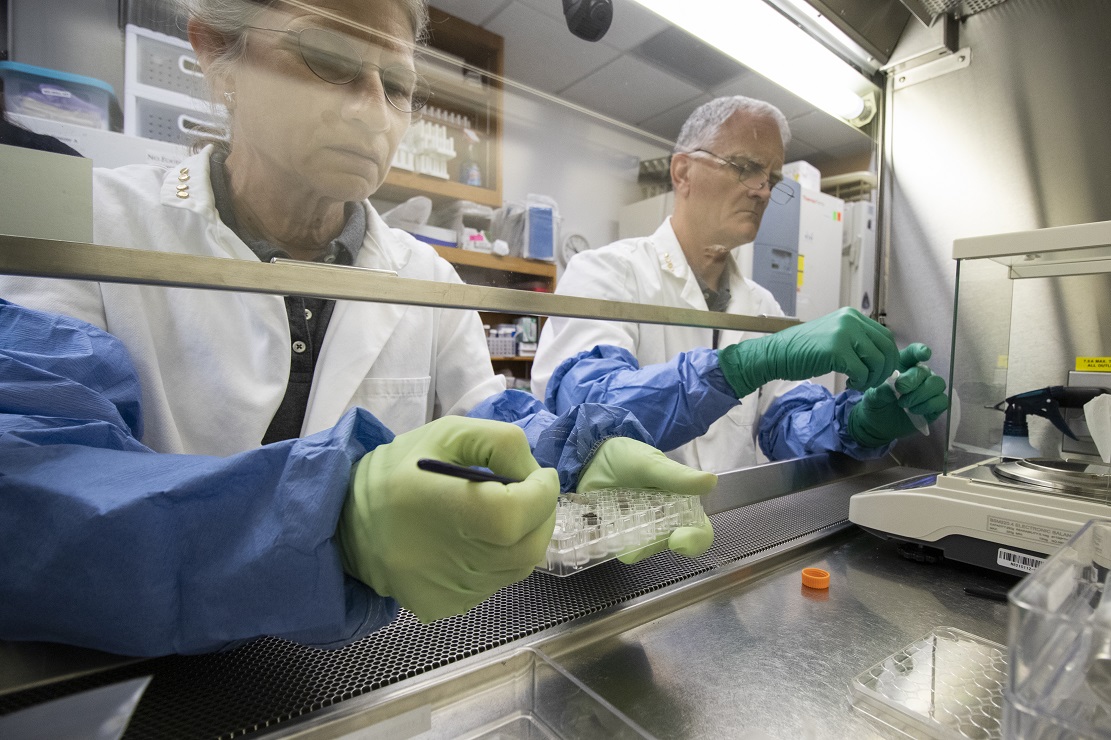
(From left) Anna-Lisa Paul and Rob Ferl of the University of Florida’s Institute of Food and Agricultural Sciences demonstrate the use of lunar soil.
“Plants helped determine that soil samples brought back from the moon did not contain pathogens or other unknown components that would harm life on land, but these plants were only covered with lunar weathering and actually never grew in them,” said Anna-Lisa Paul, co-author of the study and professor of horticultural science at the University of Florida’s Institute of Food and Agricultural Sciences.
Rob Ferl, assistant vice chancellor for research at the University of Florida and one of the study’s co-authors, said: “This is a key finding – plants grow in lunar soil. It’s very shocking because plants have never been to the moon and seeds have never adapted to living there. ”
“For longer space missions in the future, we may use the moon as a hub or launch pad,” Ferl said in a statement. “So what happens when you plant plants in lunar soil, which is completely beyond the evolutionary experience of plants?” What do plants do in lunar greenhouses? Can we have moon farmers? ”
Historical samples
It’s been a long-simmering experiment, 15 years after the researchers first proposed and requested lunar samples, which was finally approved 18 months ago.
The team asked NASA to provide 4 grams of lunar soil collected during the Apollo 17 mission. Ryan Zeigler, NASA’s Apollo sample curator, saw the scientific value of providing more samples from different Apollo missions, ultimately providing 12 grams of lunar soil collected from Apollo 11, 12, and 17 missions.
“This allows us to study the effects of the lunar regolith on plants more deeply, which is greater than we could have done,” Paul said.
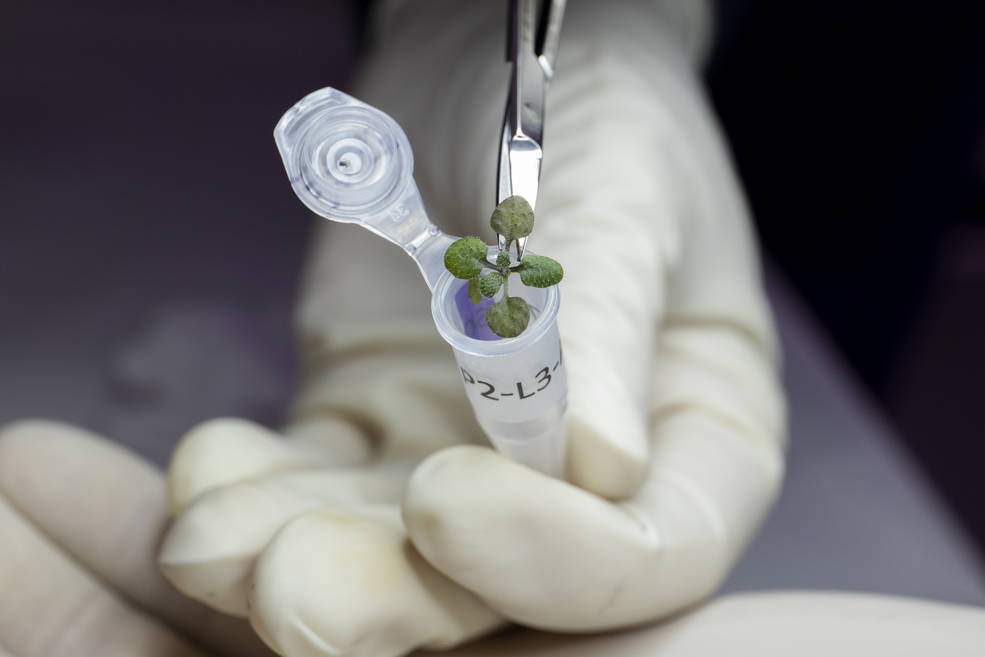
Arabidopsis plants, commonly known as shale cress, sprout from lunar soil.
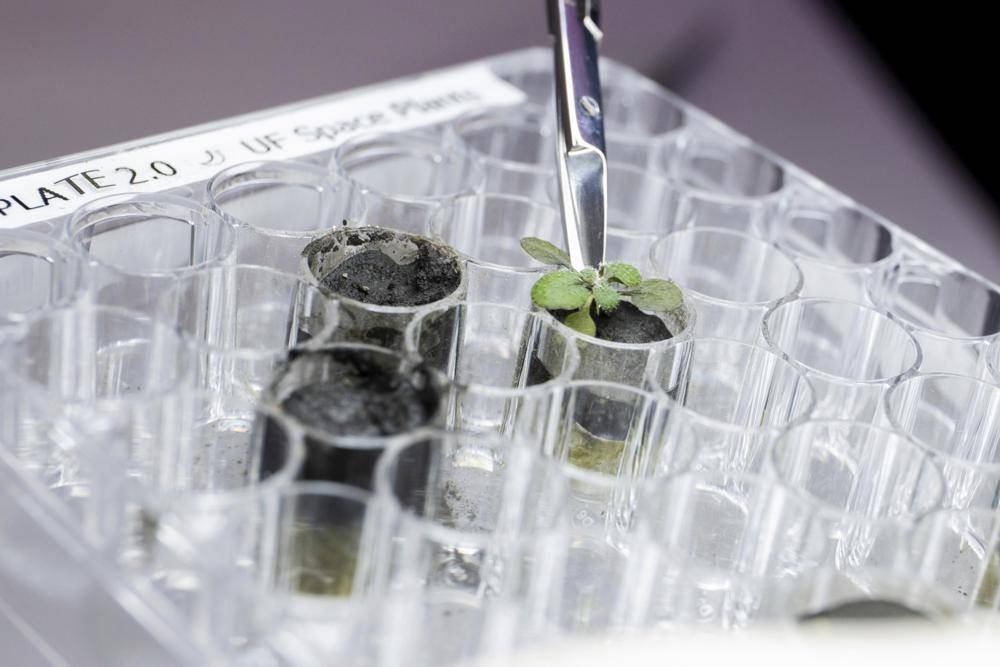
Arabidopsis plants, commonly known as shale cress, sprout from lunar soil.
The researchers used utensils commonly used to grow cells as “flower pots,” filling each grid with 1 gram of lunar soil, adding nutrients and water, and then sprinkling some Arabidopsis seeds.
Arabidopsis thaliana is a small flowering plant native to Eurasia and Africa, and it is an attractive plant specimen for researchers because it has been thoroughly studied and its genetic code has been mapped – which allows researchers to study how exotic soils affect plant gene expression.
At the same time, arabidopsis seeds were also planted in synthetic material and volcanic ash that simulated lunar soil in order to compare with plants grown in lunar soil.
Good news and bad news
The good news is that all the seeds have sprouted and started to grow.
But the bad news is that after the first week, the roughness and other properties of the lunar soil put so much pressure on these plants that they grew slower than seedlings planted in simulated lunar soil.
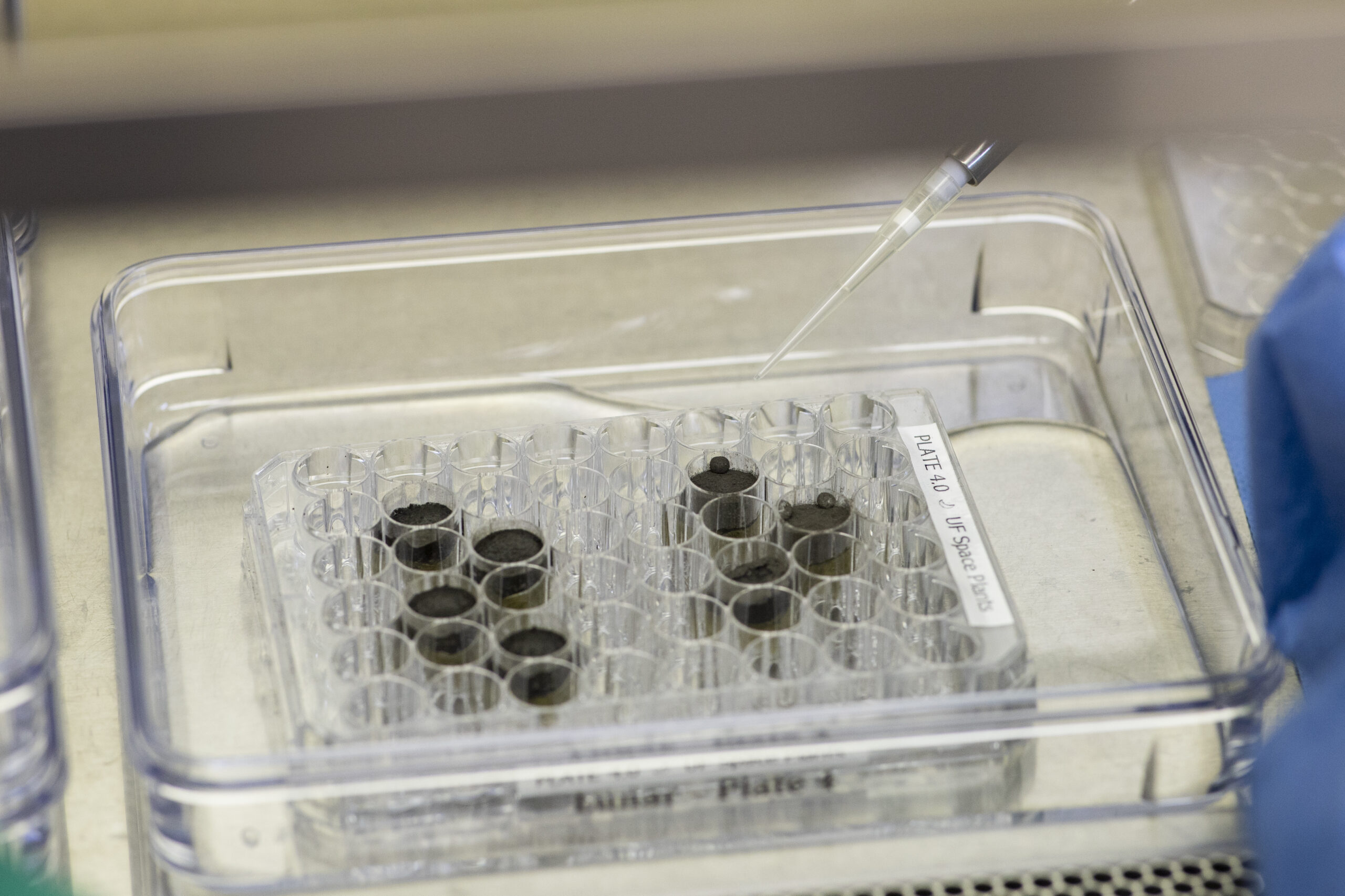
Comparative Test
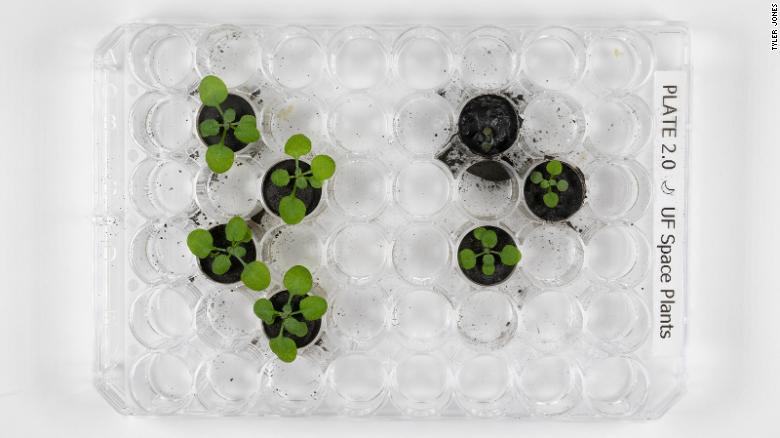
By day 16, there were clear physical differences between plants grown in volcanic ash (left) and those grown in lunar soil (right).
Arabidopsis seedlings show signs of struggle in adapting to lunar soil. Plants sown in lunar soil grow slower, smaller, and show more signs of stress, such as pigmentation and expression of stress-related genes, compared to plants that grow in simulated lunar soils.
While plants grown in lunar soil are sprouting and growing, plants grown in the Apollo 11 sample perform worse than those in the Apollo 12 and 17 samples, suggesting that there are also differences between lunar soils.
The Apollo 11 sample was exposed to solar and cosmic radiation for the longest time. The researchers speculate that the effects of long-term high-energy bombardment may have made the lunar regolith particularly sensitive to biology. The lunar surface is often bombarded by cosmic radiation and the solar wind, as well as iron particles and tiny glass shards, all of which affect plant growth.
Follow-up studies
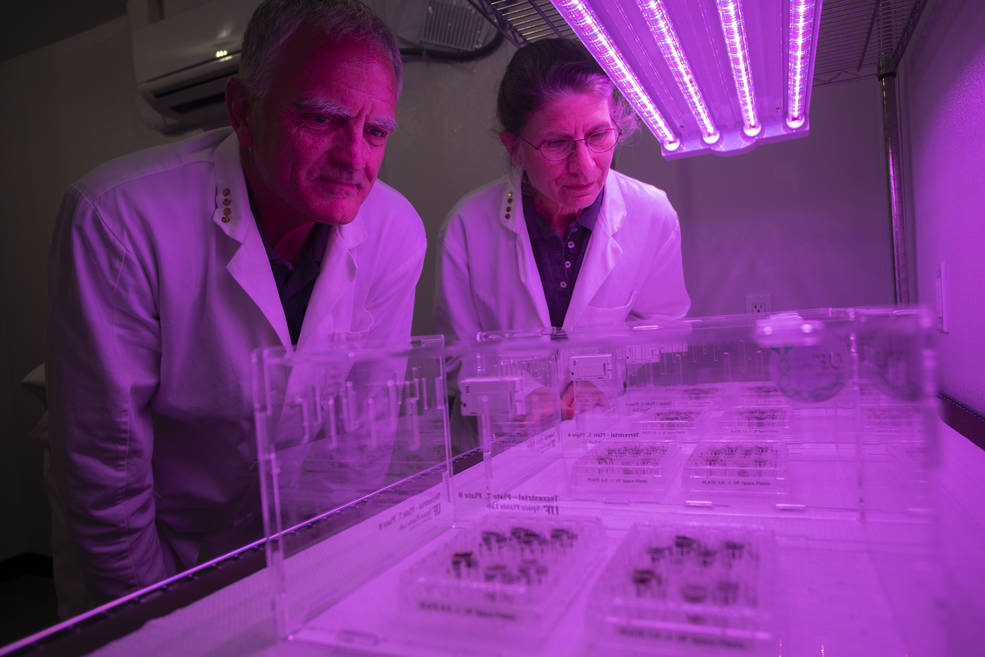
(From left) Ferl and Paul plant seeds under LED lights tuned to the optimal wavelength for photosynthetic plant growth.
The researchers hope to conduct follow-up studies to understand how growing plants in the lunar environment changes the lunar soil and how to activate lunar greenhouses.
Further research could also help researchers determine the most effective way to grow plants in lunar soil. The researchers also wanted to get a clear picture of the nutritional value of these plants and whether they were affected by the soil.
Although Arabidopsis thaliana is edible, it is not tasty and is not considered a food crop. But it belongs to the same plant family as broccoli, kale, turnip and cauliflower.
NASA’s chief scientist in space biomimicry Sharmila Bhattacharya considers the discovery of plant growth “quite exciting” and said the study offers scientists many follow-up opportunities.
He wrote in an email: “We need to look at how to make plants grow better in the regolith matrix. For example, do we need to add other components to help plants grow and, if so, what are they? Are there other plants that better adapt to these weathered matrix, and if so, what characteristics make them more adaptable to these environments? ”
“That’s where science is exciting, with each new discovery leading to more unique and transformative outcomes that we can then use to help improve the sustainability of our future space exploration missions!”
Ideally, scientists say, future astronauts could use the moon’s available soil resources for indoor cultivation, rather than building a hydroponic system. Growing plants on the moon is key to a long stay on the moon, not only providing food for astronauts and other visitors, but also helping to provide clean air and water.
References:
[1]Plants have been grown in lunar soil for the 1st time ever – CNN

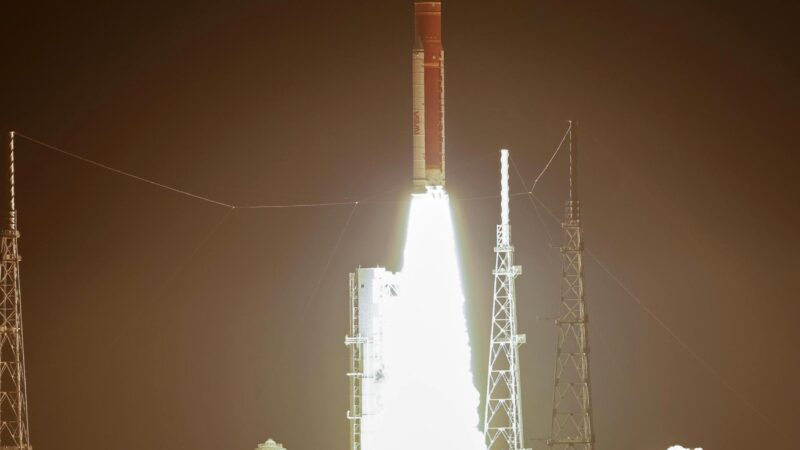

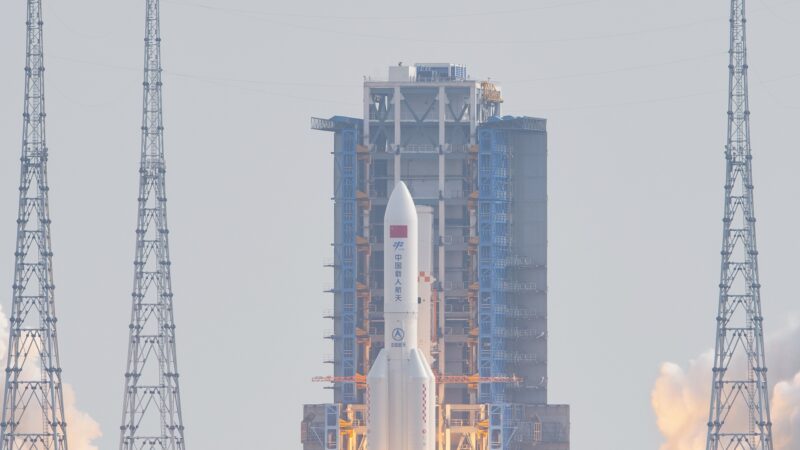
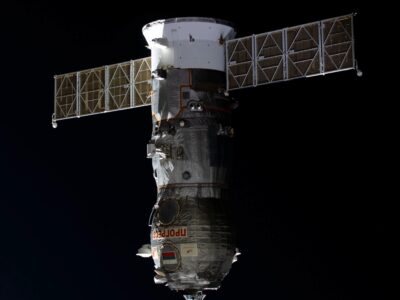
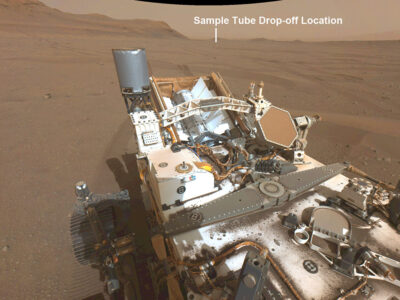

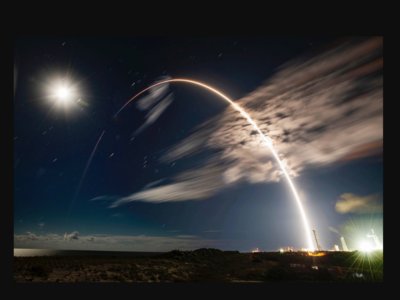



A moment for the history books